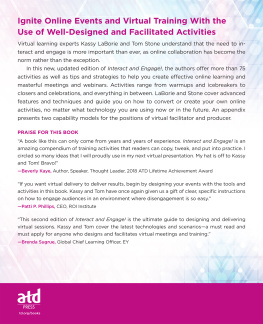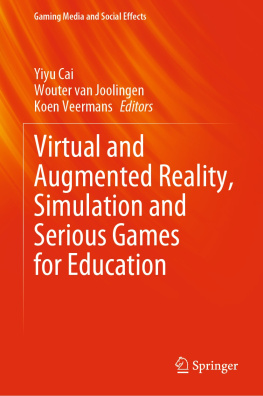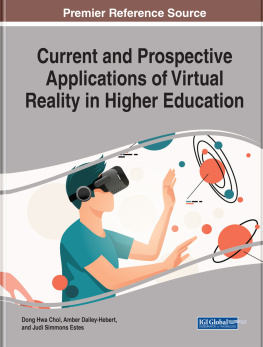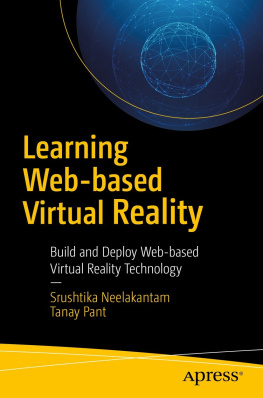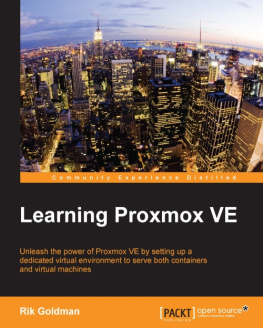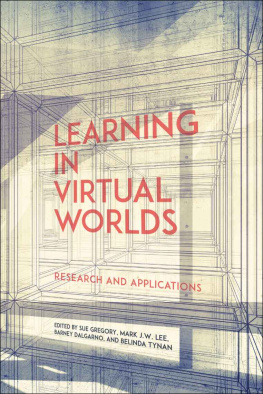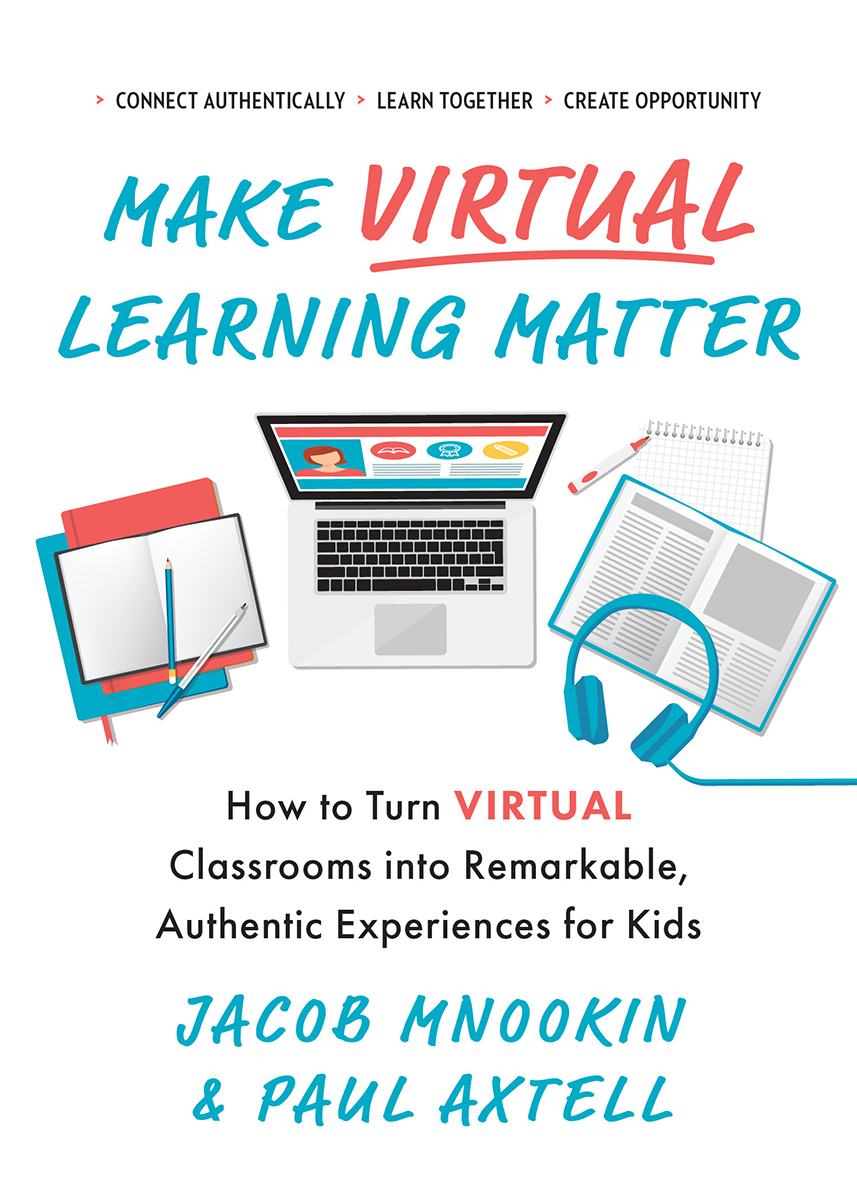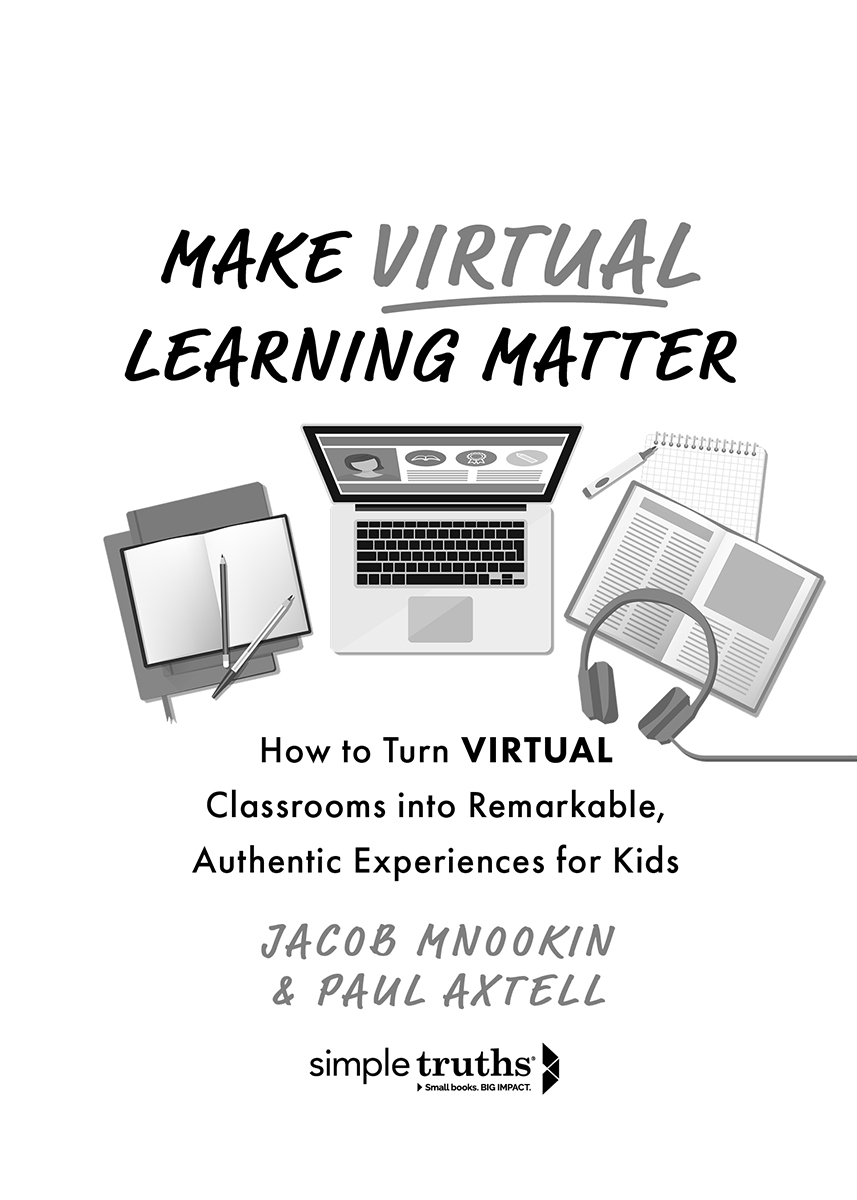Sourcebooks, the colophon, and Simple Truths are registered trademarks of Sourcebooks.
All rights reserved. No part of this book may be reproduced in any form or by any electronic or mechanical means including information storage and retrieval systemsexcept in the case of brief quotations embodied in critical articles or reviewswithout permission in writing from its publisher, Sourcebooks.
This publication is designed to provide accurate and authoritative information in regard to the subject matter covered. It is sold with the understanding that the publisher is not engaged in rendering legal, accounting, or other professional service. If legal advice or other expert assistance is required, the services of a competent professional person should be sought. From a Declaration of Principles Jointly Adopted by a Committee of the American Bar Association and a Committee of Publishers and Associations
All brand names and product names used in this book are trademarks, registered trademarks, or trade names of their respective holders. Sourcebooks, is not associated with any product or vendor in this book.
P.O. Box 4410, Naperville, Illinois 60567-4410
To all parents working hard to make virtual learning matter right now: you got this!
Introduction: Choose the Perspective: This Matters
If you dont like something, change it; if you cant change it, change the way you think about it.
Mary Engelbreit
Anyone who had any part in the Great Remote Teaching Experiment of 2020 will tell you that it was not great. In fact, many would tell you that it was terrible. It is rare for school administrators, teachers, students, and parents to agree on anything, and yet, most agree that remote teaching is not as effective as in-person instruction. As we prepare to start the 20202021 school year, however, it seems clear that virtual learning, at least in part, is here to stay.
As cities and states across the United States went into lock-down in spring 2020, the initial school closings were not the top concern for most. We all scrambled to deal with a new reality that included essentially a complete shutdown of our society. For some, that meant losing their job. For others, that meant figuring out how to do their job from home or going into work in person in an environment that potentially felt unsafe. It meant caring for family members who were sick, coping with the loss of loved ones, and connecting with those closest to us remotely, who were scared and suffering. It meant canceled weddings and remote birthday parties. And it meant teaching and learning moved from the schoolhouse to the house-house.
For schools, the scramble to move from in-person to remote teaching and learning meant that there were a lot of basic, logistical challenges that needed to be figured out. Did all the students have laptops? Did all the households have internet access? If they did have internet access, did they have sufficient bandwidth to handle potentially two parents and two children all online at the same time? Did teachers have the technological tools (and the bandwidth) they needed to teach remotely, whether that be asynchronously via recorded video lessons or through live, remote teaching?
For families, it meant figuring out who could be in what space when, with the hope that they had the quiet needed to engage in the activity before them, whether that be work, school, or downtime. It meant older siblings caring for younger siblings. And for everyone, it was hard. It was scary. And it was uncertain. In some instances, that meant families were willing to write off the last three months of the 20192020 school year. Education is obviously important, and yet, for many families who were struggling to adjust to the new normal, if their child didnt maximize their learning during April, May, and June, that would not be the end of the world.
And that doesnt even take into account the challenges from a teachers perspective! They were juggling childcare with trying to teach remotely. They were learning new technological tools they were being asked to train their own students on. And they were trying to put on a brave face for their students and reassure them that everything was going to be OK, when it didnt always seem like it would be OK to them.
The unfortunate reality, however, is that learning loss, even for a relatively short period of time, has a long-lasting impact on children. Learning is cumulative, a concept perhaps most easily understood through math. Math concepts that are taught in third grade build upon the math concepts that were taught in second grade. In second grade, for example, students learn how to add and subtract within one hundred; they then learn how to work with equal groups of objects to gain foundations for multiplication. In third grade, students build upon that introductory knowledge of multiplication to learn to multiply and divide within one hundred. Thats only possible if the foundational knowledge was taught in second grade.
The World Bank estimates that school closures lasting five months result in a reduction of $872 in yearly earnings for each student, which is equivalent to approximately $16,000 of lost earnings over a students lifetime. Though of course, its not about lost earnings. The good news, however, is that it doesnt have to be that way. We do not need to throw up our collective arms and give up on virtual learning altogether. In fact, by reengaging with virtual learning, beginning with a fresh perspective that it matters in the first place can help ensure that our children are back on track, learning as they would be in a school building.
A perspective for the 20202021 school year: Treat each day, each lesson, and unit as though they matter
As we enter into the 20202021 school year, it seems inevitable that there will be some element of virtual learning for all students at some point this year. It is therefore critical for us to reset our perspective and go into the upcoming school year with the understanding that remote instruction, however imperfect, matters. We need to believe that, and we need to convey that belief to our children. This can be a great school year, and we have the power to make it so.
In addition, this is an opportunity to teach our children how to be effective working remotely, a trend that will almost certainly be critical for their long-term success, regardless of their chosen profession.
We must help our children understand that remote learning is challenging but still matters, and their determination to overcome those challenges associated with learning remotely will ultimately serve them well in life. The team at the Character Lab, who pioneered the study of grit and determination as an important attribute among successful people, notes: There are no shortcuts. Grit predicts accomplishing challenging goals of personal significance. For example, grittier students are more likely to graduate from high school, and grittier cadets are more likely to complete their training at West Point.
Find a new mindset for virtual learning
Because it is widely understood that virtual learning is not as effective as in-person learning, the perspective that it is not effective at all has become the default understanding. If you pay attention, youll hear people expressing, almost without realizing, a series of comments about remote instruction that are not positive.


